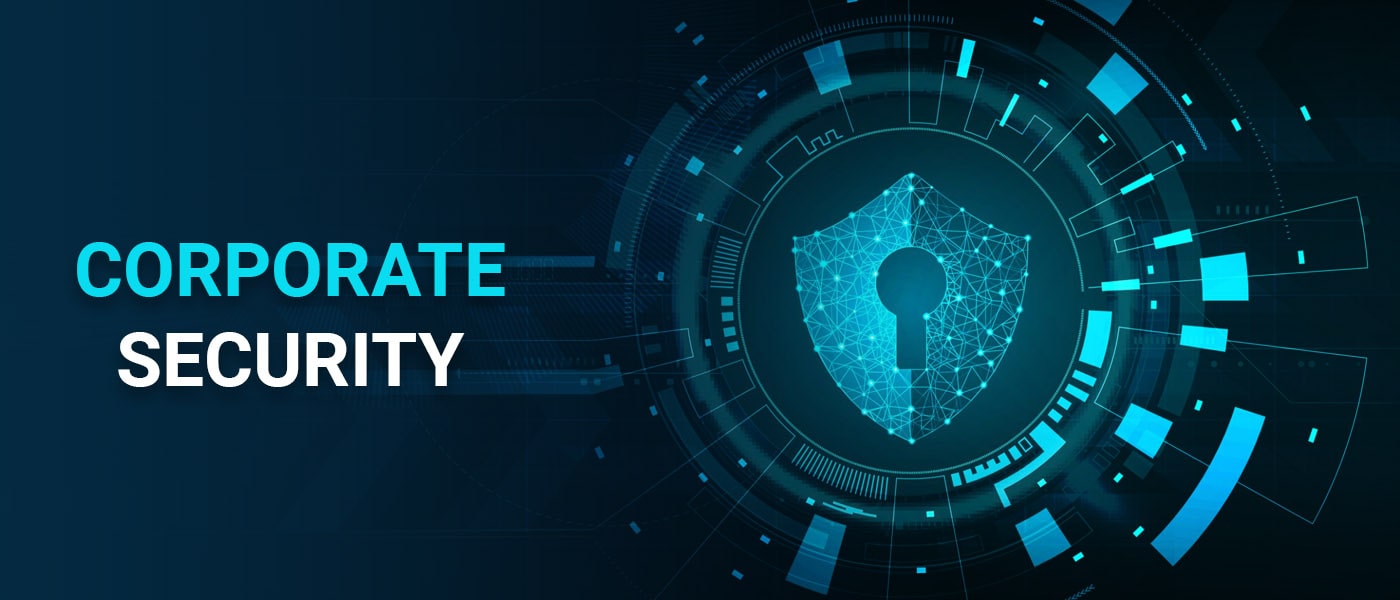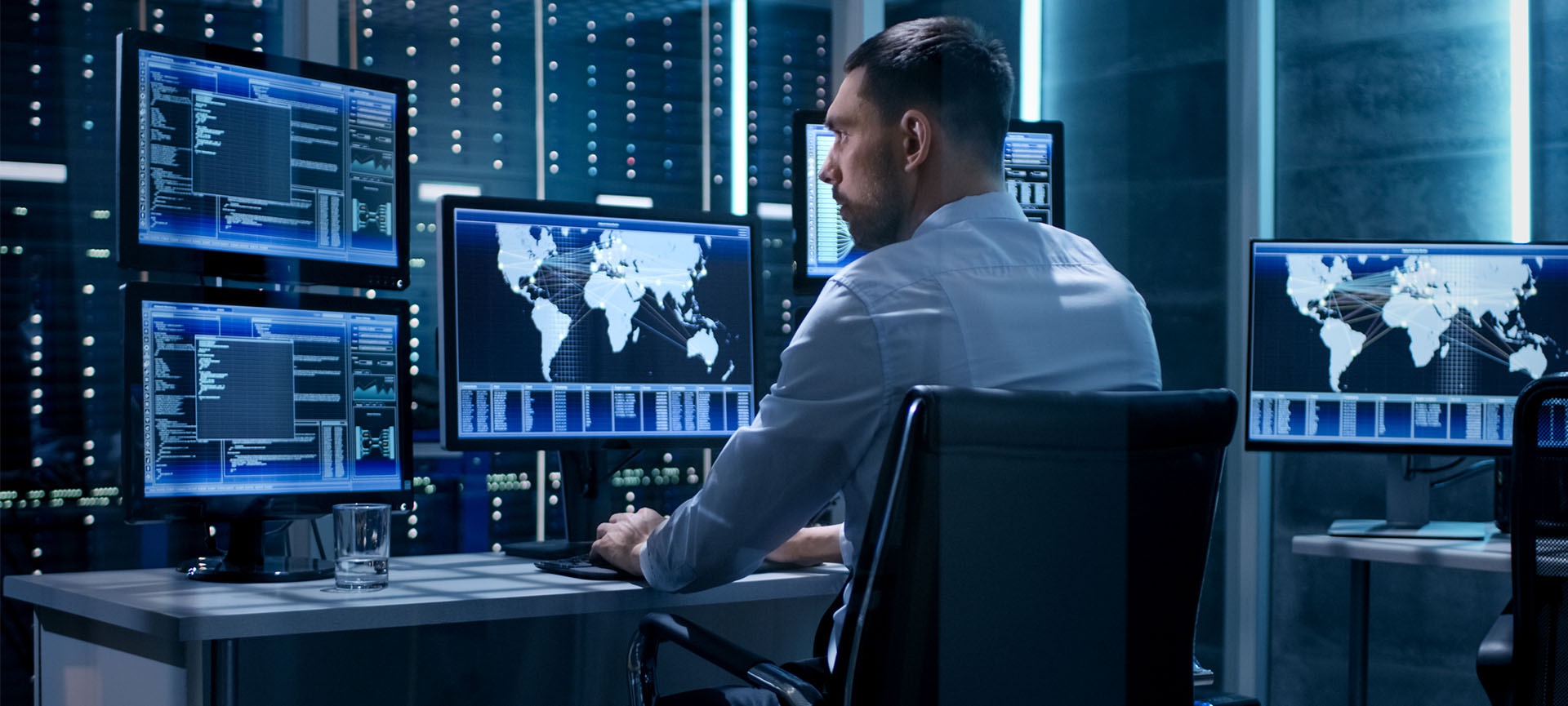From Cybersecurity to Physical Actions: Reinforcing Business Security in an Altering World
By combining the staminas of both cybersecurity and physical safety, business can produce a detailed protection approach that resolves the varied variety of dangers they encounter. In this conversation, we will certainly discover the changing threat landscape, the demand to incorporate cybersecurity and physical safety, the execution of multi-factor verification procedures, the value of worker recognition and training, and the adjustment of safety and security steps for remote workforces. By taking a look at these essential areas, we will certainly get beneficial insights right into exactly how companies can reinforce their business safety and security in an ever-changing globe.
Recognizing the Transforming Danger Landscape
The developing nature of the modern world demands a comprehensive understanding of the changing danger landscape for effective business safety. It is important for organizations to remain educated and adjust their security determines to address these developing dangers.
One key facet of understanding the altering danger landscape is identifying the various types of threats that organizations deal with. Cybercriminals are regularly establishing new strategies to exploit vulnerabilities in computer system systems and networks. These dangers can vary from malware and ransomware strikes to phishing scams and social engineering techniques. In addition, physical risks such as burglary, criminal damage, and company reconnaissance stay prevalent issues for services.
Surveillance and evaluating the risk landscape is important in order to identify potential risks and vulnerabilities. This involves remaining upgraded on the most up to date cybersecurity fads, examining danger intelligence reports, and conducting regular threat evaluations. By comprehending the transforming threat landscape, companies can proactively carry out suitable protection actions to alleviate risks and shield their assets, online reputation, and stakeholders.
Integrating Cybersecurity and Physical Safety
Integrating cybersecurity and physical security is essential for comprehensive company protection in today's interconnected and electronic landscape. As companies increasingly count on innovation and interconnected systems, the borders between physical and cyber dangers are becoming obscured. To successfully safeguard versus these threats, an alternative technique that combines both cybersecurity and physical safety measures is important.
Cybersecurity concentrates on securing electronic possessions, such as data, networks, and systems, from unauthorized accessibility, disruption, and theft. Physical safety, on the other hand, encompasses procedures to safeguard physical assets, individuals, and facilities from vulnerabilities and hazards. By incorporating these 2 domains, organizations can attend to vulnerabilities and hazards from both digital and physical angles, consequently enhancing their total security posture.
The integration of these 2 self-controls enables for an extra thorough understanding of safety risks and enables a unified reaction to occurrences. For instance, physical access controls can be improved by incorporating them with cybersecurity procedures, such as two-factor verification or biometric recognition. Cybersecurity measures can be enhanced by physical safety and security actions, such as security electronic cameras, alarm systems, and protected gain access to points.

Applying Multi-Factor Verification Measures
As organizations significantly focus on thorough security procedures, one reliable approach is the implementation of multi-factor verification measures. Multi-factor authentication (MFA) is a protection method that calls for users to offer several kinds of identification to access a system or application. This technique includes an added layer of protection by incorporating something the individual knows, such as a password, with something they have, like a safety or a finger print token.
By executing MFA, companies can dramatically boost their safety and security position - corporate security. Typical password-based authentication has its restrictions, as passwords can be conveniently compromised or forgotten. MFA mitigates these dangers by including an additional authentication element, making it a lot more hard for unapproved individuals to get access to sensitive details
There are numerous kinds of multi-factor verification techniques readily available, consisting of biometric verification, SMS-based verification codes, and equipment tokens. Organizations require to analyze their details needs and select one of the most ideal MFA remedy for their requirements.
Nevertheless, the implementation of MFA must be very carefully prepared and performed. It is critical to strike an equilibrium in between safety and functionality to stop customer stress and resistance. Organizations needs to likewise consider prospective compatibility problems and supply sufficient training and support to make certain a smooth transition.
Enhancing Staff Member Understanding and Training
To strengthen company safety, organizations have to focus on enhancing staff member awareness and training. In today's swiftly progressing threat landscape, her comment is here staff members play a critical function in guarding an organization's delicate information and properties. Regrettably, many security violations occur as a result of human error or lack of awareness. As a result, companies require to spend in detailed training programs to educate their workers concerning possible dangers and the best methods for minimizing them.
Efficient worker awareness and training programs should cover a large range of topics, consisting of information defense, phishing strikes, social design, password hygiene, and physical protection actions. These programs should be customized to the certain needs and obligations of different employee duties within the company. Routine training workshops, sessions, and simulations can assist workers establish the essential abilities and expertise to recognize and respond to security threats effectively.
Additionally, organizations should encourage a culture of safety and security awareness and supply ongoing updates and reminders to maintain employees educated regarding the latest dangers and reduction methods. This can be done via interior interaction networks, such as newsletters, intranet sites, and email projects. By cultivating a security-conscious labor force, companies can considerably lower the probability of security cases and safeguard their beneficial possessions from unapproved accessibility or concession.

Adapting Safety And Security Steps for Remote Labor Force
Adjusting corporate safety and security procedures to fit a remote labor force is essential in guaranteeing the security of sensitive information and possessions (corporate security). With the boosting fad of remote job, companies must execute proper safety actions to minimize the dangers linked with this brand-new means of working
One vital aspect of adjusting protection actions for remote job is developing protected communication channels. Encrypted messaging systems and virtual exclusive networks (VPNs) can assist secure delicate information and stop unauthorized accessibility. Furthermore, organizations need to impose the usage of solid passwords and multi-factor verification to enhance the safety and security of remote gain access to.
Another essential consideration is the application of protected remote gain access to services. This entails supplying staff members with safe and secure accessibility to business sources and data via online desktop computer framework (VDI), remote desktop computer protocols (RDP), or cloud-based services. These modern technologies ensure that sensitive details stays protected while allowing staff members to execute their roles efficiently.

Finally, detailed safety and security awareness training is important for remote staff members. Training sessions ought to cover ideal techniques for securely accessing and dealing with sensitive information, recognizing and reporting phishing efforts, and maintaining the total cybersecurity health.
Verdict
Finally, as the danger landscape continues to advance, it is crucial for organizations to enhance their safety measures both in the cyber and physical domain names. Incorporating cybersecurity and physical security, applying multi-factor authentication steps, and improving worker awareness and training are vital steps towards accomplishing robust business safety and security. Additionally, adapting security procedures to accommodate remote workforces is critical in today's changing world. By carrying out these steps, companies can minimize risks and protect their useful possessions from potential risks.
In this discussion, we will explore the changing hazard landscape, the need to integrate cybersecurity and physical safety, the application of multi-factor authentication actions, the relevance of employee understanding and training, and the adjustment of protection actions for remote workforces. Cybersecurity actions can be complemented by physical protection actions, such as surveillance electronic cameras, alarms, and safe accessibility factors.
As companies progressively focus on extensive safety and security actions, one reliable method is the application of multi-factor authentication procedures.In have a peek at this site conclusion, as the risk landscape proceeds to evolve, it is important for organizations to strengthen their protection determines both in the cyber and physical domain names. Integrating cybersecurity look at this website and physical safety and security, executing multi-factor authentication procedures, and improving staff member recognition and training are crucial actions in the direction of accomplishing durable business security.